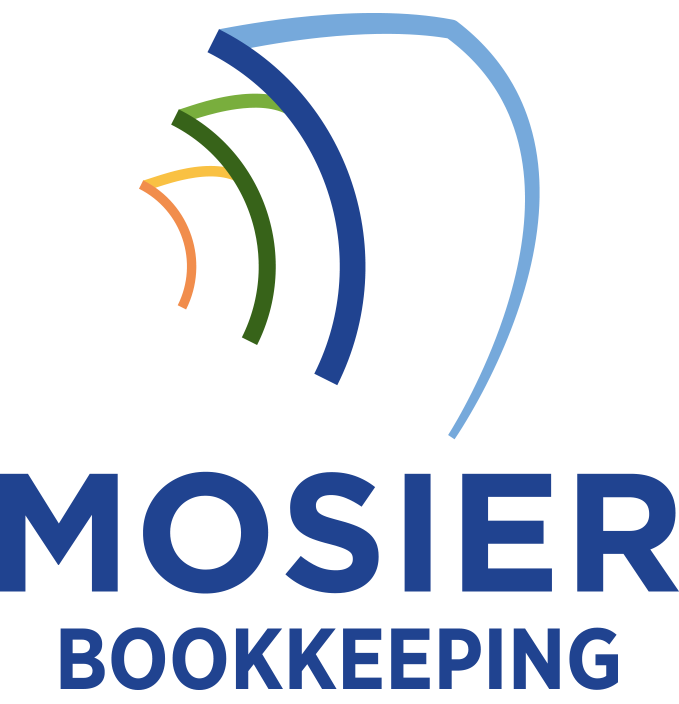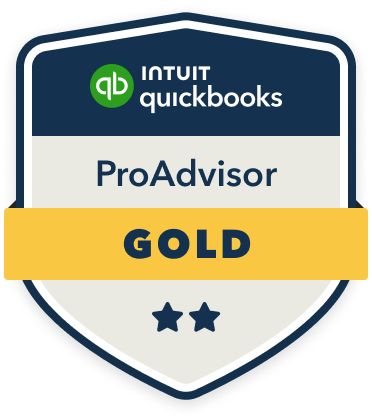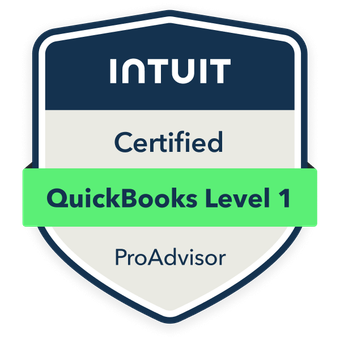To manage large AP/AR transactions effectively, I recommend implementing AI-powered verification systems that can reduce processing time by 70% while strengthening controls. You’ll need standardized payment terms, mandatory documentation requirements, and real-time financial tracking through cloud platforms. Strategic vendor relationships and data-driven cash flow optimization can improve working capital by 15-20%. The combination of automation, clear standards, and smart timing will transform your transaction management approach.
Implementing Automated Verification and Approval Systems

The implementation of automated verification and approval systems marks a critical shift in modernizing accounts payable and receivable operations. I recommend integrating AI-powered verification tools that can detect fraud patterns, validate invoices, and authenticate payment requests within seconds.
I’ve found that implementing multi-level digital approval workflows reduces processing time by 70% while strengthening internal controls. By leveraging machine learning algorithms, you’ll catch duplicate payments and pricing discrepancies before they impact your bottom line. I guarantee system configurations include customizable approval thresholds, audit trails, and real-time alerts to maintain control over high-value transactions.
Establishing Clear Payment Terms and Documentation Standards
Building upon automated verification systems, clear payment terms and documentation standards serve as the foundation for efficient accounts processing. I recommend implementing standardized payment terms that align with your cash flow objectives – typically net 30, 45, or 60 days. You’ll want to mandate specific documentation requirements: purchase orders, receiving reports, and matching invoices. I’ve found that establishing penalties for late payments and incentives for early payments drives compliance. Document these standards in your master service agreements and guarantee your team maintains detailed audit trails. This approach minimizes disputes and strengthens your negotiating position.
Leveraging Technology for Real-Time Financial Tracking

While manual tracking methods once sufficed, modern financial management demands robust technological solutions for real-time visibility. I recommend implementing an enterprise-grade financial management system that integrates these critical components:
| Technology | Key Function | Strategic Value |
|---|---|---|
| AI Analytics | Predictive Modeling | Risk Mitigation |
| Cloud Platform | Real-time Updates | Global Access |
| Smart Automation | Payment Processing | Error Reduction |
| Blockchain | Transaction Security | Immutable Records |
I’ve found that leveraging these technologies reduces processing time by 60% and cuts errors by 85%. You’ll gain unprecedented control over cash flow while maintaining regulatory compliance through automated audit trails.
Developing Strategic Vendor and Customer Payment Relationships
Modern financial technology sets the foundation, but strong vendor and customer payment relationships determine long-term success. I’ve found that leveraging data analytics helps me identify our most reliable partners and strategically negotiate favorable payment terms. I prioritize early payment discounts with key vendors while maintaining ideal cash flow.
I establish clear escalation protocols and dedicated communication channels with major accounts. By tracking payment histories and risk metrics, I can proactively address potential issues. This data-driven approach lets me maximize working capital while building trust with strategic partners. I guarantee my team maintains real-time visibility into all significant transactions.
Managing Cash Flow Through Payment Timing Optimization

Three critical factors drive effective payment timing: cash position forecasting, vendor flexibility, and customer payment patterns. I’ve found that ideal payment timing requires strategic maneuvering between early payment discounts and maximizing cash retention.
I analyze historical cash flow data to predict prime payment windows, negotiating with vendors for terms that align with my revenue cycles. I extend my accounts payable when forecasts show tight liquidity, while accelerating collections through automated reminders and incentives.
My data shows that synchronizing payment timing with working capital needs can improve cash flow by 15-20%, strengthening my negotiating position with both vendors and customers.









